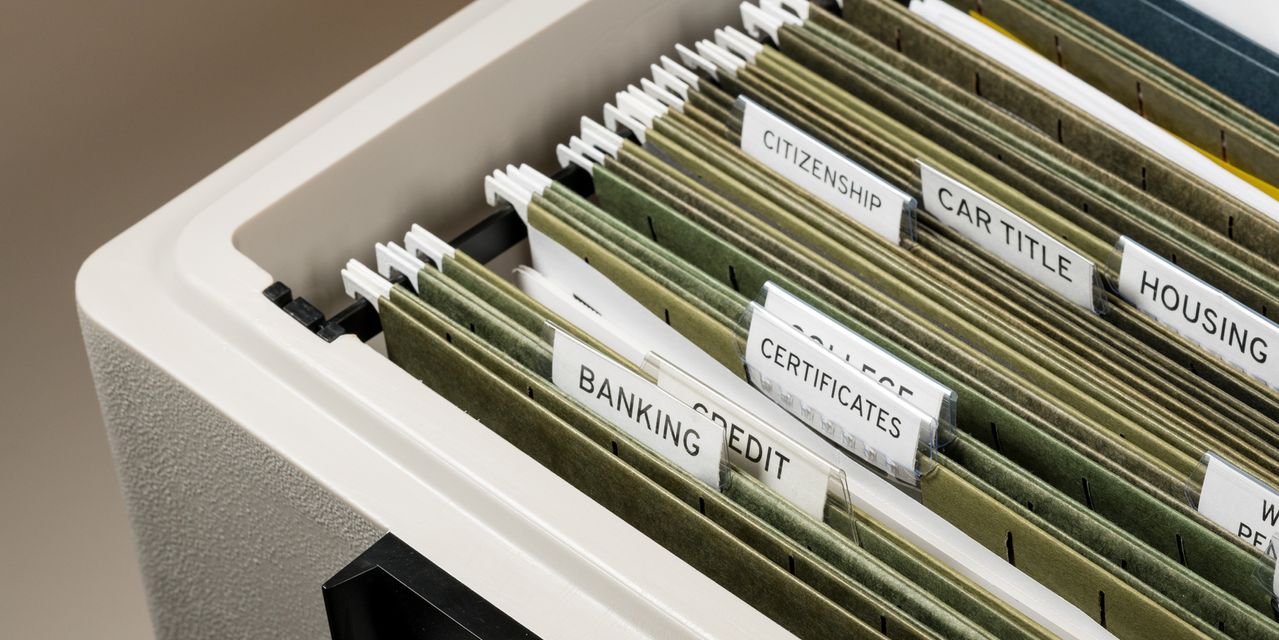While the cause of Maui’s heartbreaking fire remains under investigation, this much is clear: It will forever be remembered as one of the greatest disasters in U.S. history. The death toll, 114 as I write this, will certainly soar, given the fact that some 1,000 people remain missing.
I have read, as perhaps you have, the stories of those young and old who didn’t make it. Each one hurts.
In cases like these, people often have mere minutes — if that — to flee, if an escape route is even available to them. I often think about my own family and what we would do if, God forbid, we found ourselves in a similar situation.
One thing that I have done to prepare is within arm’s reach of my bedside table: a fireproof and waterproof case containing passports, birth certificates, insurance policies, family contacts and so forth. There’s also a spare iPad and a few USB drives containing family photos and other things that I’ve scanned.
The documents of my life — and of my family’s life — are in that box. If we ever had to get out in a hurry because of some sort of calamity, I’d have everything important in one box that I could grab in seconds.
I recently checked and found that my lockbox is designed, according to the manufacturer, to “endure a half-hour at 1550 degrees Fahrenheit.” Presumably — perhaps “hopefully” is a better word — we’d be able to get out in that 30 minutes.
There are no guarantees of anything, but having everything in that box at least gives me the sense that I’ve done my best. This helps me sleep at night.
Hurricanes, floods, fires, tornadoes, earthquakes: What if you and your family had to flee, and only had a few minutes to get out? The best thing you can do is to prepare well ahead of time for such a possibility. Here are my tips on how you can safeguard your vital documents and information.
- Get a safe-deposit box. For storing important documents and small items, one alternative to a secure case like the one I have is a safe-deposit box. You should be able to rent one for a nominal fee at your own bank or another bank in your area.
- Store it in the cloud. In addition to saving hard copies of your most important documents, you can also take photos of them and store them in Apple’s iCloud or Google Cloud. Be sure to back up your data every so often.
- Document your insured belongings. Take photos of your jewelry, furniture, clothing, electronic items and so forth. This will make proof of ownership easier if you need to file a claim. Also — and this is important — make sure your insurance policy includes coverage for full replacement value, or RCV, of those items. That means you’ll be reimbursed for what it costs to replace something at today’s prices. The alternative — called actual cash value, or ACV — will only reimburse you for what the insurance company says an item is worth. An RCV policy comes with higher premiums, but if you get wiped out, you’ll be taken care of.
- Get flood insurance. Think you’re covered for water damage by your homeowners or renters insurance? Many folks learn the hard way that these policies usually don’t cover flood damage, which you can cover with a separate policy. According to ipropertymanagement.com, household water damage costs Americans some $20 billion annually, with an average damage claim of $11,098. It also estimates that 98% of homes with basements will experience some sort of water damage at some point. The federal government has some helpful resources here. First, the Federal Emergency Management Agency FEMA has a Flood Map Service Center, which tells you, based on your address, the flood risk to your property. And if you need help getting flood insurance, its National Flood Insurance Program can help you find a policy. One final tip: Don’t think you can get a policy at the last minute. It usually takes a month for a NFIP policy to take effect.
There are many other things you can do to can prepare for an emergency. I think it makes sense to have a “go kit” of essential items you might need if you have to flee. The Department of Homeland Security recommends having one gallon of water per person per day on hand, along with medicines, flashlights, batteries — make sure they’re fresh — a first-aid kit and dust masks, among other items. And don’t forget the things your pet will need. Here’s a full list: Everything can be kept in a plastic storage bin or two.
Chances are nothing disastrous will happen to you. But you never know. Do what you can now to take care of yourself.
Read the full article here


